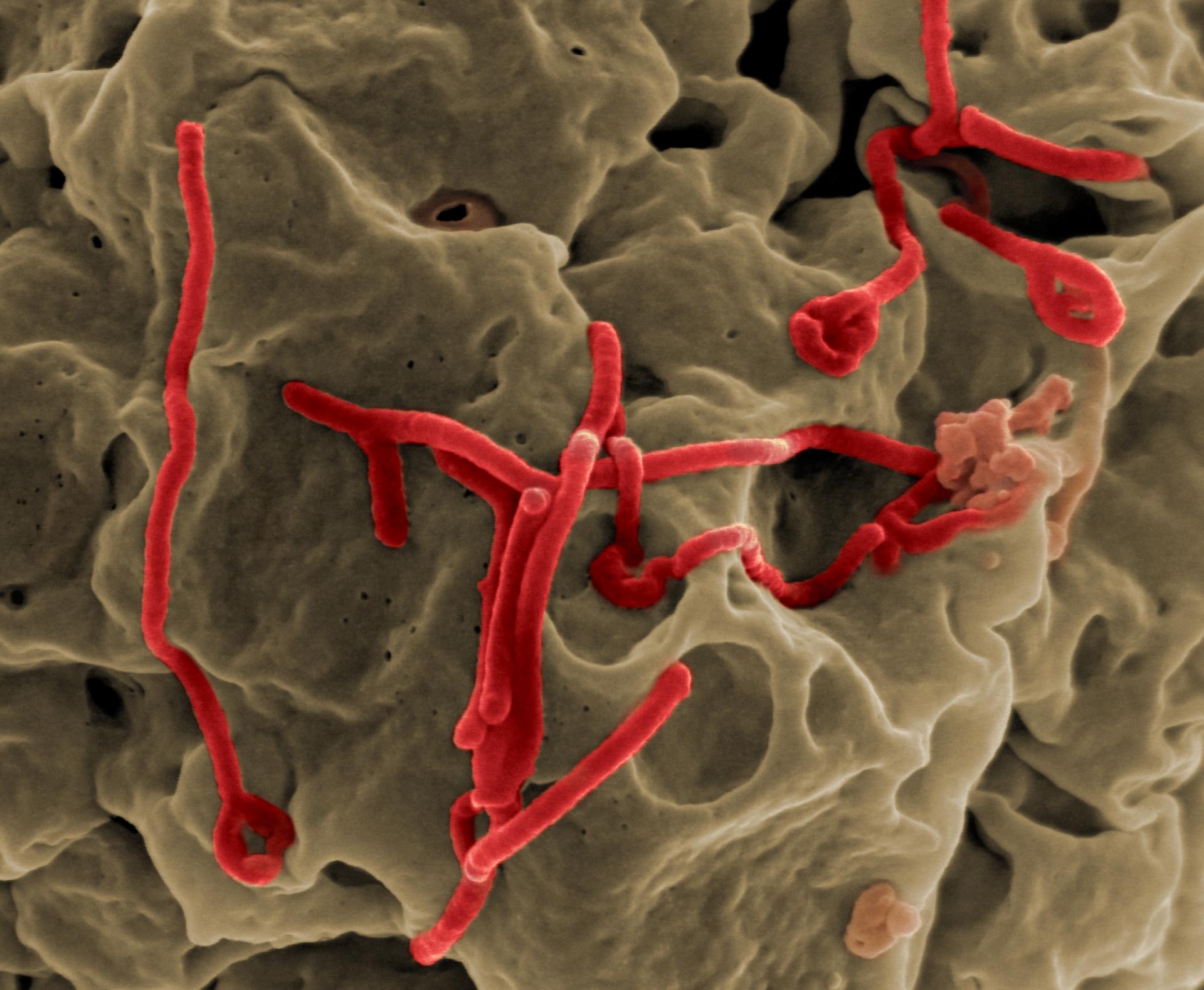Ebola Outbreaks on:
[Wikipedia]
[Google]
[Amazon]
 This list of Ebola outbreaks records the known occurrences of
This list of Ebola outbreaks records the known occurrences of
 This list of Ebola outbreaks records the known occurrences of
This list of Ebola outbreaks records the known occurrences of Ebola virus disease
Ebola, also known as Ebola virus disease (EVD) and Ebola hemorrhagic fever (EHF), is a viral hemorrhagic fever in humans and other primates, caused by ebolaviruses. Symptoms typically start anywhere between two days and three weeks after becom ...
, a highly infectious and acutely lethal viral
Viral means "relating to viruses" (small infectious agents).
Viral may also refer to:
Viral behavior, or virality
Memetic behavior likened that of a virus, for example:
* Viral marketing, the use of existing social networks to spread a marke ...
disease that has afflicted humans and animals primarily in equatorial Africa. The pathogens responsible for the disease are the five ebolaviruses recognized by the International Committee on Taxonomy of Viruses: Ebola virus (EBOV), Sudan virus
The species ''Sudan ebolavirus'' is a virological taxon included in the genus ''Ebolavirus'', family ''Filoviridae'', order '' Mononegavirales''. The species has a single virus member, Sudan virus (SUDV). The members of the species are called S ...
(SUDV), Reston virus (RESTV), Taï Forest virus
Taï is a town in southwestern Ivory Coast. It is a sub-prefecture of and the seat of Taï Department in Cavally Region, Montagnes District. Taï is also a commune. The town is between Taï National Park and the Cavally River. The river—which ...
(TAFV), and Bundibugyo virus
The species ''Bundibugyo ebolavirus'' ( ) is the taxonomic home of one virus, Bundibugyo virus (BDBV), that forms filamentous virions and is closely related to the infamous Ebola virus (EBOV). The virus causes severe disease in humans in the form ...
(BDBV). Four of the five variants have caused the disease in humans as well as other animals; RESTV has caused clinical symptoms only in non-human primates. RESTV has caused subclinical
In medicine, any disease is classified asymptomatic if a patient tests as carrier for a disease or infection but experiences no symptoms. Whenever a medical condition fails to show noticeable symptoms after a diagnosis it might be considered asym ...
infections in humans, producing an antibody response but no visual symptoms or disease state manifestations.
Transmission of the ''ebolaviruses'' between natural reservoirs and humans is rare, and outbreaks of Ebola virus disease are often traceable to a single case where an individual has handled the carcass of a gorilla, chimpanzee
The chimpanzee (''Pan troglodytes''), also known as simply the chimp, is a species of great ape native to the forest and savannah of tropical Africa. It has four confirmed subspecies and a fifth proposed subspecies. When its close relative th ...
, bats, or duiker
A duiker is a small to medium-sized brown antelope native to sub-Saharan Africa, found in heavily wooded areas. The 22 extant species, including three sometimes considered to be subspecies of the other species, form the subfamily Cephalophina ...
. The virus then spreads person-to-person, especially within families, in hospitals, and during some mortuary rituals where contact among individuals becomes more likely.
Learning from failed responses, such as during the 2000 outbreak in Uganda, the World Health Organization (WHO) established its Global Outbreak Alert and Response Network, and other public health measures were instituted in areas at high risk. Field laboratories were established to confirm cases, instead of shipping samples to South Africa. Outbreaks are also closely monitored by the United States Centers for Disease Control and Prevention (CDC) Special Pathogens Branch.
Nigeria was the first country in western Africa to successfully curtail the virus, and its procedures have served as a model for other countries to follow.
Events
The information in the following tables comes from the World Health Organization (WHO). This data excludes all laboratory personnel cases, Reston virus cases (since they are allasymptomatic
In medicine, any disease is classified asymptomatic if a patient tests as carrier for a disease or infection but experiences no symptoms. Whenever a medical condition fails to show noticeable symptoms after a diagnosis it might be considered asy ...
), and suspected cases. For a complete overview, those cases are included below with footnotes and supporting sources.
Major or massive cases
Minor or single cases
List of other Filoviridae outbreaks
See also
*Ebola
Ebola, also known as Ebola virus disease (EVD) and Ebola hemorrhagic fever (EHF), is a viral hemorrhagic fever in humans and other primates, caused by ebolaviruses. Symptoms typically start anywhere between two days and three weeks after becom ...
* Ebola River
* Globalization and disease
* List of epidemics
This is a list of the largest known epidemics and pandemics caused by an infectious disease. Widespread non-communicable diseases such as cardiovascular disease and cancer are not included. An epidemic is the rapid spread of disease to a large nu ...
Notes
References
Further reading
* * {{Authority control 20th-century disease outbreaks 21st-century epidemics * * Ebola, list